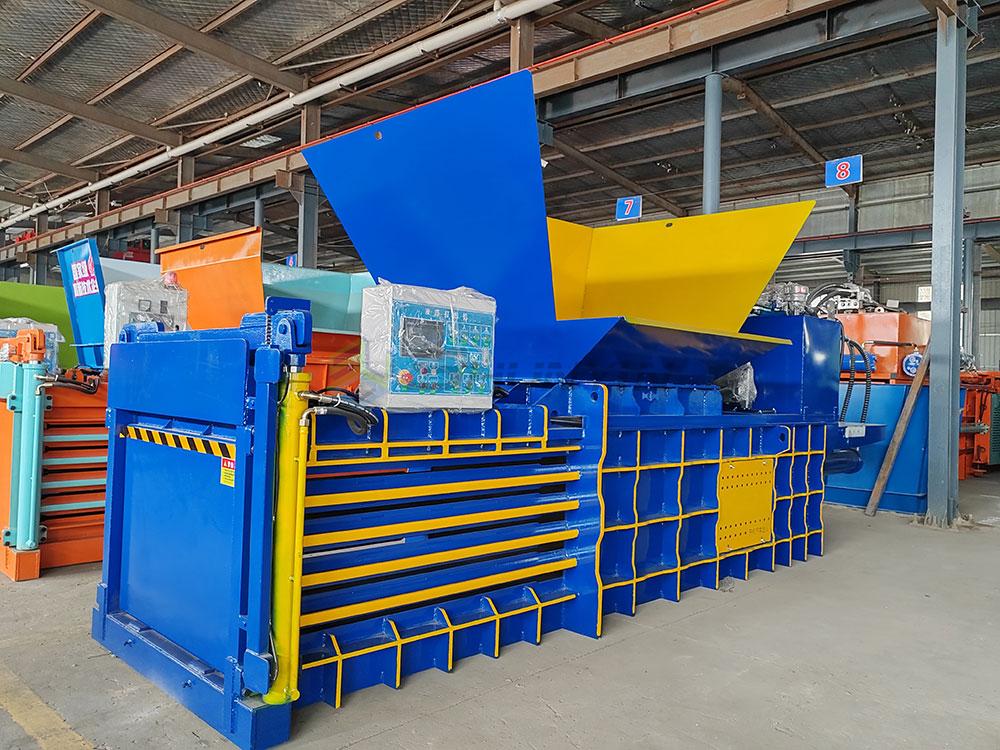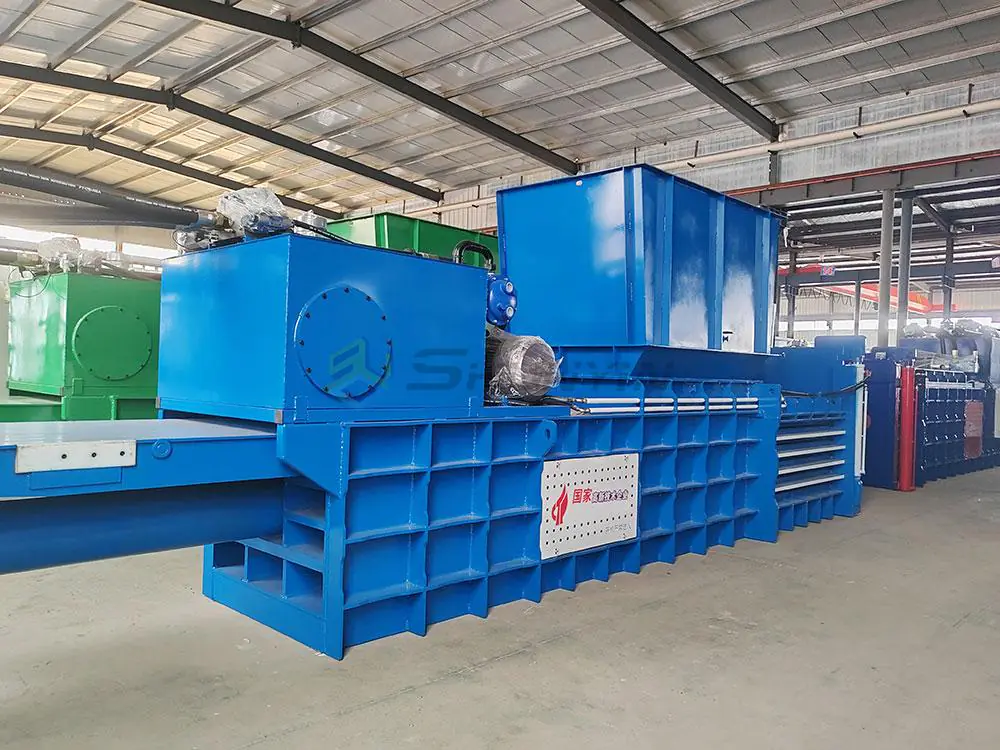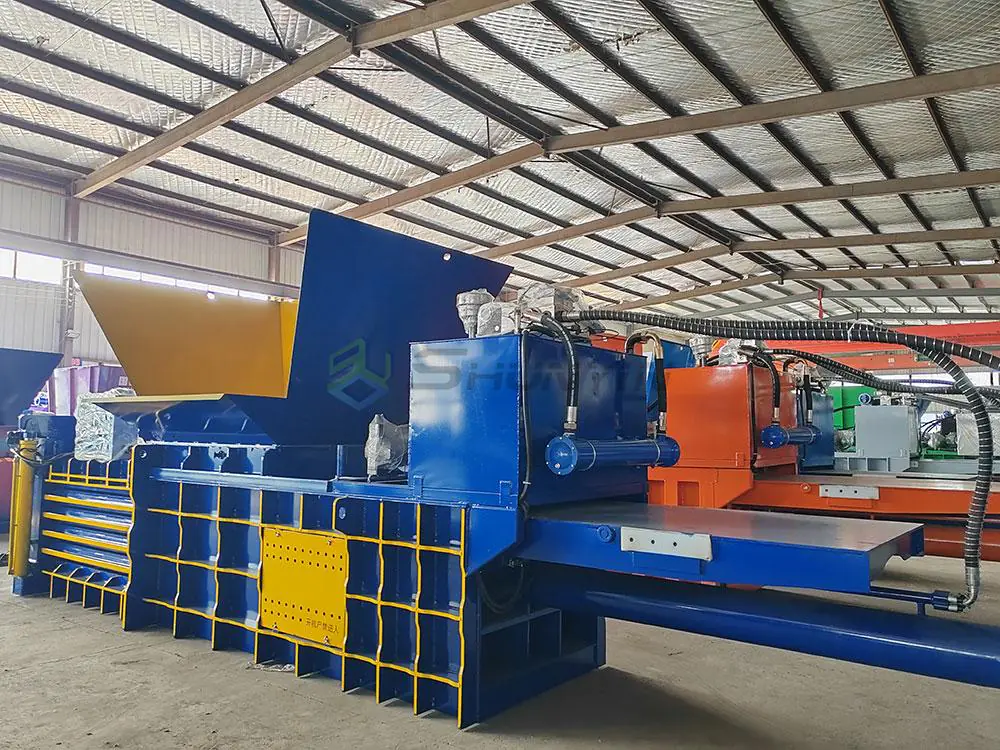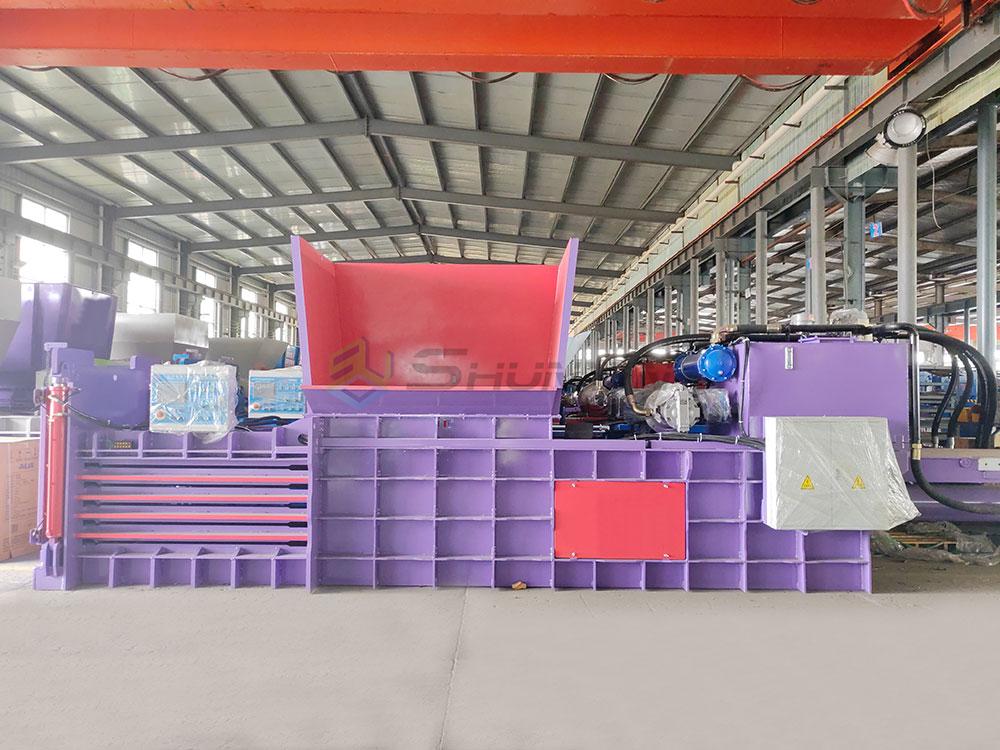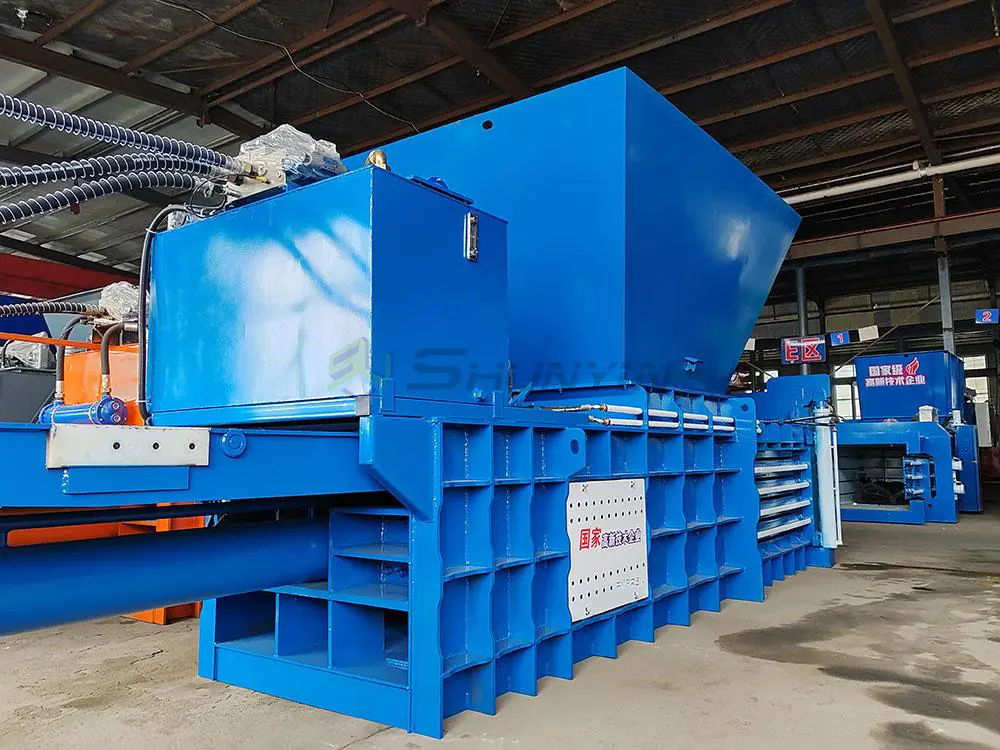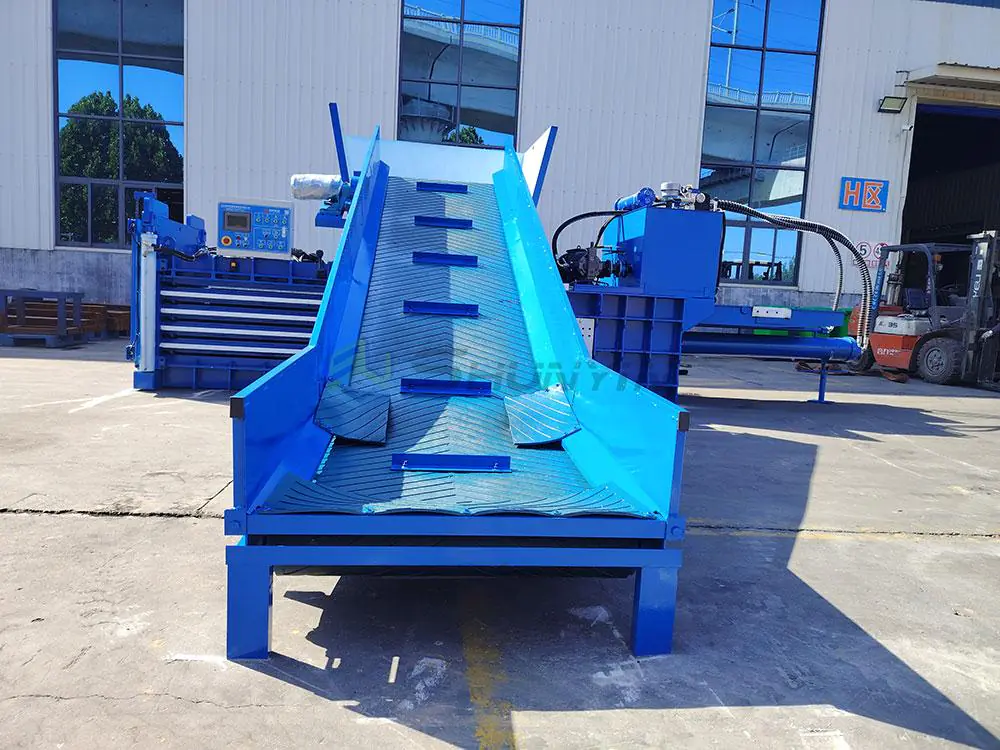Excess cardboard eats warehouse profits weekly. Proper equipment prevents profit loss—our clients recover 35% space.
Horizontal balersprocess bulk materials quickly on conveyor lines, while vertical balers handle smaller volumes manually—your waste volume determines which yields faster ROI through productivity versus flexibility.

When California recyclers chose wrong, I fixed their $28K mistake—let’s analyze key differences.
What Separates Vertical From Horizontal Balers?
Mismatched equipment wastes $15,000 yearly. Clear distinctions prevent costly errors.
Vertical balers compress downward in manual-fed compact footprints (40-80 sq ft), while horizontal models process higher volumes via automatic conveyor lines requiring 300-500 sq ft—daily tonnage is the decisive factor.

Tokyo plant solved 80% downtime after this analysis—examine operational contrasts.
Performance Comparison Matrix
| Factor | Vertical Baler | Horizontal Baler |
|---|---|---|
| Daily Capacity | 50-800kg (flexible irregular sizes) | 1,500-10,000kg (uniform input) |
| Space Requirement | 45-90 sq ft | 250-700 sq ft |
| Automation Level | Manual feed | Conveyor-fed fully automated |
| Maintenance Cost | $800/year | $4,500/year average |
Profit Impact Analysis
- Volume Threshold Recommendations
- <800kg/day waste: Vertical baler preferred (ROI in 3-6 months)
-
1,500kg/day: Horizontal required for profitability
- Labor Cost Calculations
- Vertical: 2 hours/day labor needed
- Horizontal: 15 minutes/day monitoring
Test your waste flow—I’ll send personalized analysis sheets via email tomorrow.
How to Determine "Best Baler" for Specific Operations?
Universal solutions fail. Activity-specific matching prevents 67% efficiency losses.
No "perfect baler" exists—SY-H35 series excels for cardboard recycling plants processing >2 tons daily, while SY-V45 beats competitors for farms and supermarkets running <500kg with irregular materials.

Canadian warehouse saved $11,000 monthly after proper matching—follow this framework.
Selection Scorecard
| Operation Type | Baler Recommendation | Why? | Profit Impact |
|---|---|---|---|
| Recycling Centers | Horizontal auto-tie | 5x higher throughput | +$150/daily profit |
| Retail Stores | Vertical semi-auto | Smaller footprint, irregular load | 25% waste cost drop |
| Manufacturing Plants | Hybrid options | Mixed material handling | 40% yield increase |
Avoidance Checklist
- Material Compatibility Errors
Plastic film jams conveyors: vertical better for messy inputs
Rigid cardboard blocks manual feeds: horizontal solves this - Future-Proofing Strategy
Modular expansion ports on our SY-V series allow scaling
See live demonstrations—our factory tours prove these differences.
Why Cattle Farms Require Specialty Balers?
Improper hay processing risks livestock health. Feed-specific engineering prevents nutritional damage.
Cattle operations need slow-compression balers preserving forage quality—our AGRI-B75 model maintains 65%-70% moisture at 900 PSI pressure while avoiding heat damage from industrial balers.

Texas ranch increased milk yield 9% implementing this—examine technical requirements.
Feed Quality Protections
| Standard Baler Risk | Agri-B75 Solution | Impact on Nutrition |
|---|---|---|
| Fast compression | Hydraulic slow-cycle valves | Prevents caramelization |
| Metal contamination | Integrated magnetic separators | Stops digestive trauma |
| Density inconsistency | Laser-guided pressure control | Uniform feed texture |
Implementation Protocol
- Balancing Speed vs Nutrition
- 120-seconds/cycle minimum for hay
- Temperature sensors <50°C
- Bale Size Optimization
120kg rectangles prevent spoilage better than large cylinders
Demand moisture reports—we provide free hay quality lab testing.
What Innovations Define Modern Horizontal Balers?
1980s designs waste energy. Contemporary tech slashes costs 45%.
Next-gen horizontal balers feature IoT data tracking through SY-Smart systems—monitoring real-time pressure (2000-5000 PSI) with predictive maintenance alerts replacing manual checks that miss failures.

Singapore recycler cut shutdowns 92%—discover these engineering breakthroughs.
Innovation Comparison
| Feature | Standard Unit | SY-Smart Series | Benefit |
|---|---|---|---|
| Diagnostics | Manual inspection | Live mobile reports | 65% faster troubleshooting |
| Energy Consumption | 24kW/cycle | 14kW optimized | $3,600/year saved |
| Production Tracking | Paper logs | QR-coded bales | Sell value +15% |
Retrofit Worthiness Guidelines
- Payback Timeline
- Auto-diagnostic chip: 11 weeks ROI
- Variable-speed pumps: 8 weeks payback
- Safety Certifications
CE/FCC certified systems avoid import bans
Verify patents—our smart valves have 3 exclusive technical certifications.
Conclusion
Match baler types to operational needs precisely—book expert consultation to maximize yields.


